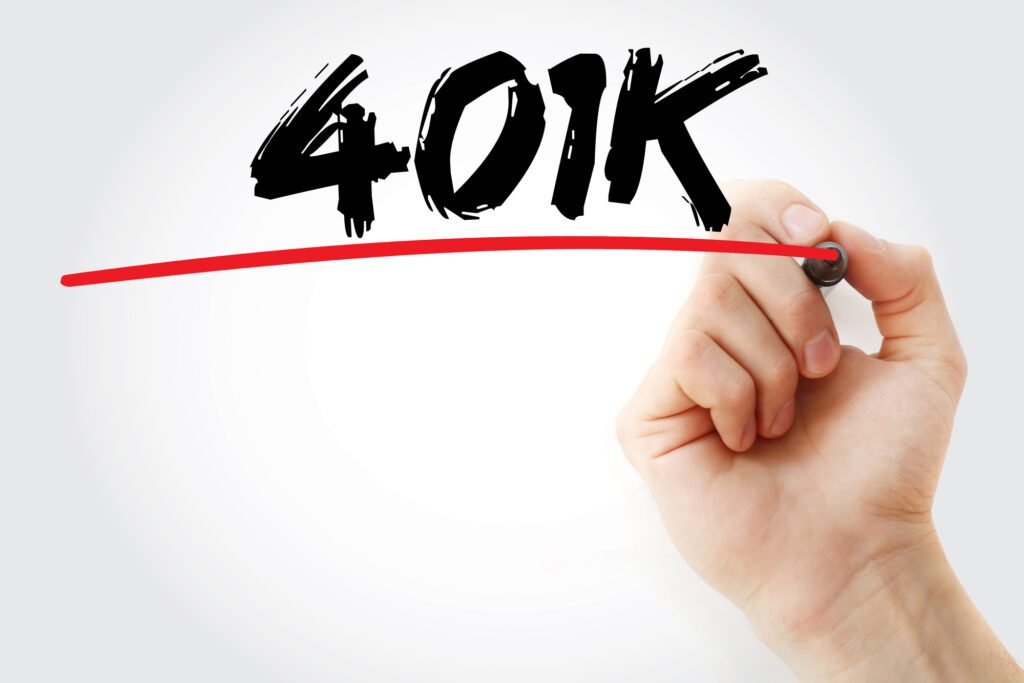
401(k) distribution options are crucial in today’s complex financial landscape. Learn about lump-sum withdrawals, staying invested, rolling into an IRA, and the importance of a proper distribution planning for retirement.With todays increased life expectancy, rising healthcare costs, and global market shifts, deciding what to do with your retirement savings has never been more important. Although your 401(k) plan is made up of a collection of investments, the Securities and Exchange Commission (SEC) does not regulate or oversee these retirement plans. It’s up to you, the investor, to educate yourself about your options.
Understanding your401(k) distribution options:You basically have four options when it comes to the money in your 401(k):
- Take out all the money in a lump-sum withdrawal. If you chose this option, be prepared for the big tax bill that will be due. The IRS will want the full payment on the total value of your pretax contributions, any matching amounts your employer added, plus any amounts that have accumulated due to interest growth. If you are retiring early and under the age of 59‚½, you may also have to pay a 10% early withdrawal penalty. The percent of income tax you owe increases with your total annual income.
For example, if you are married filing jointly and your combined earned income is $95,000 a year, then you would be in the 25 percent tax bracket. If you take a lump-sum withdrawal of your 401(k) worth $350,000, then you will be pushed up into the 35 percent tax bracket. Now you owe even more taxes, because this new rate applies to your income for the year (including your 401(k) money), plus you may owe capital gains tax on any earnings gained inside the fund.
- Stay with the plan and keep invested as you are. Not all defined-contribution plans offer this, but if you are happy with performance of your portfolio, then it might seem like the simplest option. Although you won’t be able to make any more contributions to your portfolio, you might arrange for regular monthly distributions to be paid out from your 401(k). This can be paid out as systematic withdrawals or as a lifetime annuity, depending on the options available with your plan. With this option, your plan administrator is responsible to making sure that your withdrawals meet IRS guidelines.
There are several drawbacks to this option. First, your investment options and asset allocation options are limited as compared to what you would get if you rolled the sum into an IRA. Second, the management fees might be higher than with an IRA. Third, you might not be able to defer the income. And last but not least, your savings might be exposed to more risk than you are comfortable with.
- You can roll some or all of your assets into an IRA of your choice.This option allows you to preserve your tax-deferred status and any future earnings are still able to grow tax-deferred. Your range of investment options will increase exponentially, which means you can choose more secure investment options, and you have more choices as to your beneficiary options.
The downside of this option is that you can’t borrow money from an IRA.
A good distribution plan during retirement considers not just your income needs, but also your RMD, emergency expenses, and your taxes due. Getting a proper distribution plan in place with the help of a qualified financial expert can be one of the best ways to preserve more of your hard earned dollars.

